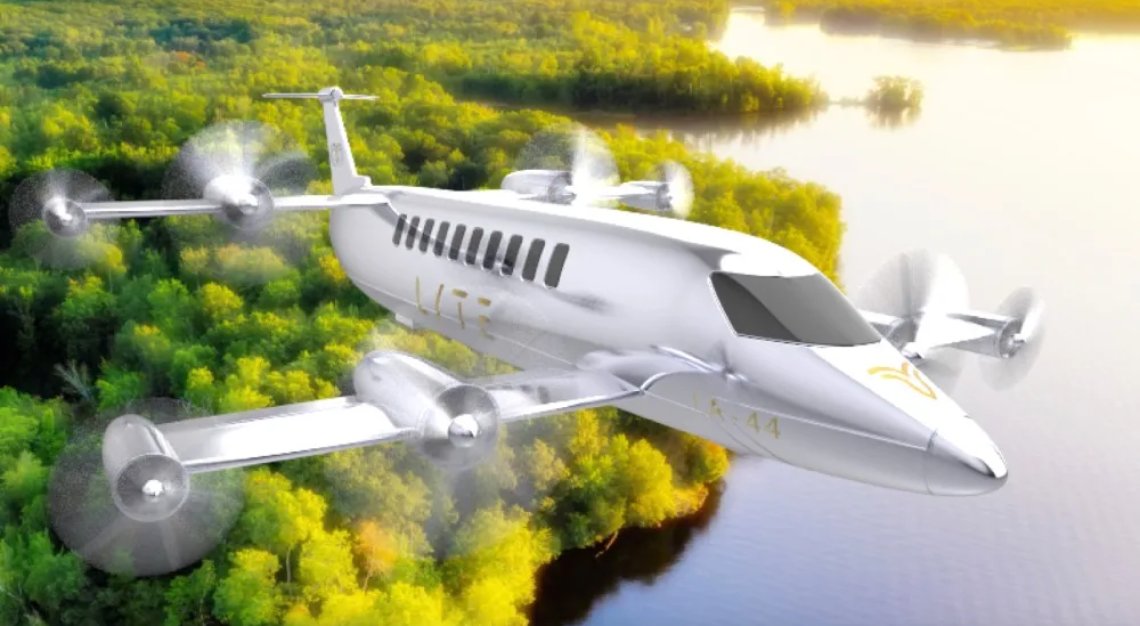There’s a price to pay for being environmentally friendly, but the cost doesn’t always add up

Private jets offer travellers the ultimate in comfort, convenience, privacy and safety – with a price tag to match. Hourly rates start from $2,000 per hour for a four-seat turboprop and can climb up to $20,000 per hour for ultra-long-range jets. But the rates do not factor in the social cost of burning jet fuel in the atmosphere. According to a study by Honeywell Aerospace, private jets release 40 times more carbon emissions per passenger, per mile than commercial flights. Other estimates by the aviation industry show a lower number – yet no less shocking – it burns 10 to 20 times more fuel. In short, flying private is the most carbon-intensive form of travel.
To counter this, companies are offering carbon-offset schemes, based on the carbon tax, an economic tool that argues polluters must bear the cost of the environmental and health problems they generate.
Contributions are calculated on a per-use basis and used to buy carbon credits for forestry projects, growing hardwood trees that absorb the additional carbon in the air.
But unlike carbon taxes that exist in just 25 countries to date, carbon-offset schemes are voluntary. And because carbon-offset recipients can be established by just about anybody, there is great inconsistency in pricing. The average cost of neutralising a tonne of carbon dioxide is about $5, though prices can easily vary between $1 and $50.

Do The Math
A Cessna Citation Sovereign produces two tonnes of carbon dioxide per hour. Taking the controversy – where environmental campaigners Prince Harry and Meghan Markle flew to Elton John’s holiday home in the French Riviera – as an example, the four-hour return trip generated eight tonnes of carbon dioxide.
But it seems that John, who defended the trip by making an “appropriate contribution” to a carbon-offset scheme, may have paid as little as $8 – or up to $400 – to claim that the flight was eco-friendly.
“Carbon offsetting has, at best, a mixed reputation,” says Christopher Surgenor, editor of GreenAir Online, a company that reports on environmental impacts of aviation. “Many offsets offered through the UN’s own Clean Development Mechanism have little or no value, as credits cost less than a dollar per tonne of carbon dioxide burned.”
To counter this, Brendan Toomey, director of private jets in Singapore for Air Charter Service, says his company has taken steps to ensure the money it collects on behalf of its clients for carbon offsetting doesn’t fall into the same category.
“We analysed 8,000 charter flights over two years, looking at factors like fuel burn and wind speed. We found that a premium of 0.5 per cent of the price of each charter is enough to offset the carbon. At the end of every quarter, we pool the money together to buy carbon credits from projects certified by The Gold Standard,” he says, referring to the global certification mark for non-governmental emission reduction initiatives co-developed by the World Wildlife Fund.
Paramount Business Jets, a private jet broker that arranges private flights to and from any major city in the world, allows its clients to choose specific projects for their carbon-offset contributions.
“It’s really simple,” says Darin Voyles, Paramount’s senior vice-president for sales in Asia, “Our software calculates how many tonnes of carbon a client’s flight releases – based on the specific aircraft and flight time – and gives clients different funds to choose from.” Options include Terrapass, an NGO that invests in wind farms and cleans up abandoned methane-leaking coal mines, and CoTap, a fund that plants trees in developing areas where incomes are less than $2 per day.

But sources interviewed for this story acknowledge that uptake for voluntary carbon-offset schemes among private jet users is low. “Some of our clients bring it up from time-to-time but it’s not something we force down their throats,” says Voyles.
“[The schemes] are much more popular in Europe than it is here, probably because the mindset about preserving the environment in Europe is a little bit further ahead than it is Asia,” Toomey says. “But we’re marketing it rigorously. It’s even on our email signatures.”
There is however another solution on the horizon that promises to unlock far more significant decarbonising gains in aviation: sustainable aviation fuel (SAF).
In the US, Gulfstream Aerospace, the world’s third-biggest maker of business aircraft, has been testing SAFs for a decade. In Australia, renewable jet fuel producer Gevo is testing a waste-to-biofuel concept that uses the waste particles of grain processing to create a carbohydrate that can be fermented to make SAF. “These new fuels remain much more expensive but the private jet sector is keen to adopt them,” says Surgenor.
Signature Aviation, the world’s largest private jet operator leads the way, offering a permanent supply of SAF at airports in London, San Francisco, Seattle and Alabama.
But SAF is a product still in its infancy. According to the International Energy Agency, the quantity produced every year accounts for less than a tenth of one per cent of total aviation fuel consumption. And it’s only available at a small number of airports: Brisbane International Airport is the only distributor in the Asia-Pacific Region. And while it can theoretically cur carbon emission by up to 98 per cent, the current reduction stands at just 25.
Perhaps, with carbon tax, offset schemes and usage of SAF, the industry will see a more sustainable future, sans eco-shame. After all, just like flying, the only way we can go from here is up.






